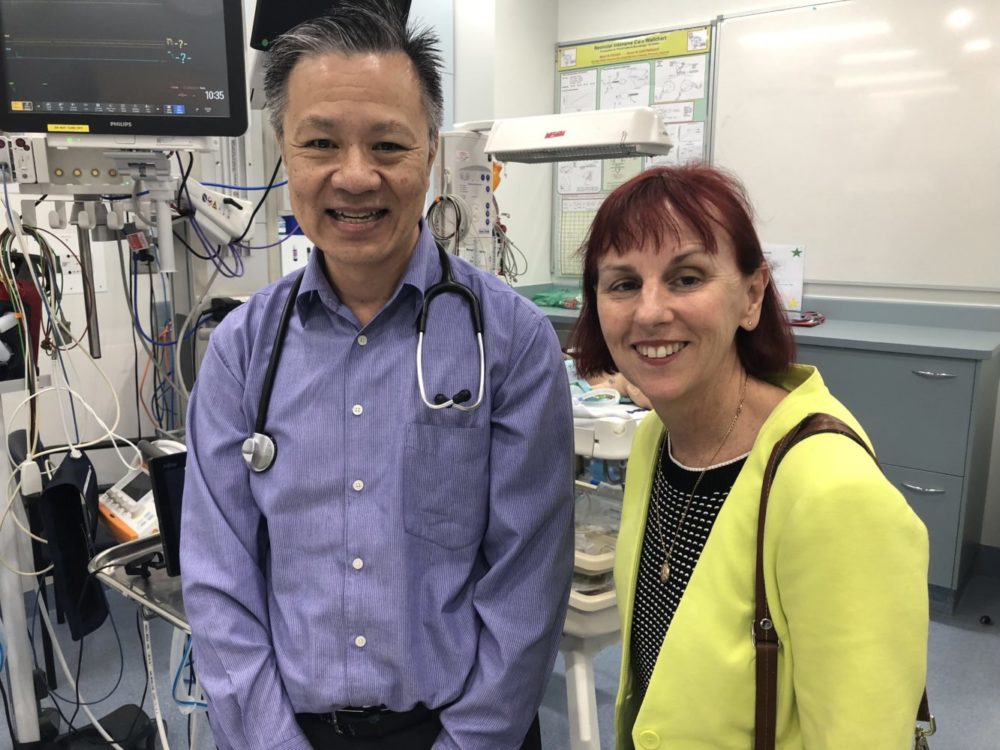
Headache for emergency doctors
Queenslanders with severe headaches are making more than 13,000 visits to the emergency department each year. With new data revealing that only 3 per cent of patients are experiencing a life-threatening illness, emergency medicine researchers are now asking what can be done to reduce the $10 million medical bill and encourage more patients to visit their GP.
The data came from a large snapshot study of 34 Queensland public and private hospitals, which accounted for 90 per cent of the headache presentations to emergency departments across the State.
The large study was awarded an Emergency Medicine Foundation (EMF) grant through a research program funded by Queensland Health.
According to the study leader, Royal Brisbane and Women’s Hospital Emergency Physician and Director of Emergency Medicine Research, Associate Professor Kevin Chu, the researchers looked at 900 non-traumatic headache presentations in 847 adults over a four week period. They then spent another two years analysing the data.
“We found that the majority of people had a benign diagnosis, that is there was nothing sinister causing their headache,” said A/Prof Chu.
“This finding was important because we wanted to get a better understanding of how many Queenslanders were experiencing a subarachnoid haemorrhage, which is a type of stroke. This illness is marked by the sudden onset of a severe ‘thunderclap’ headache and can be fatal,” he said.
“If someone comes into the emergency department with a suspected subarachnoid haemorrhage we need to diagnose it straight away, generally with a CT scan and a lumbar puncture.
“However, we were really surprised to find that emergency doctors were ordering a CT scan in two out of every five headache presentations. This was a much higher rate than we expected, especially considering we found that only three out of every 100 people had a life-threatening illness.
“CT scans expose patients to radiation and they’re expensive, so clinicians generally try to limit their use. In the case of headaches, we found that the diagnostic guidelines and tools available to us just aren’t sensitive enough to rule out low-risk patients without a CT scan.
“This is an issue which would be affecting emergency departments around the world, not just in Queensland. Our research provides the strong evidence needed to hopefully drive change and encourage further research funding in this area.”
In a separate analysis, the research team found that the average cost per headache presentation to an emergency department was about $750, with each additional hour in the department increasing the cost by $1054.
According to EMF Chair, Dr Anthony Bell, at a conservative estimate, it is costing the Queensland Government $10 million each year to treat patients who present to an emergency department with a headache.
“I believe Associate Professor Chu’s research will influence further research into new diagnostic guidelines and better diagnostic tools, which will help emergency departments redirect resources to more serious medical emergencies,” Dr Bell said.
“Also, now that we know only a small percentage of headaches are life-threatening, we need to strongly encourage people with headaches to only go to the emergency department if they have an intense headache, which develops suddenly. Otherwise, please see your GP,” he said.
A/Prof Chu received a $268,600 EMF grant to conduct the study as part of a larger research project on brain haemorrhage. The snapshot data was recently published in the Academic Emergency Medicine Journal[1].
Photo: A/Prof Kevin Chu with The Courier-Mail journalist, Janelle Miles
[1] Chu K.H., Howell T.E., Keijzers G., Furyk J.S., Eley R.M., Kinnear F.B., Thom O., Mahmoud I., Brown A.F., “Acute Headache Presentations to the Emergency Department: A Statewide Cross-sectional Study”, Acad Emerg Med. 2017 Jan;24(1):53-62. doi: 10.1111/acem.13062
SHARE



